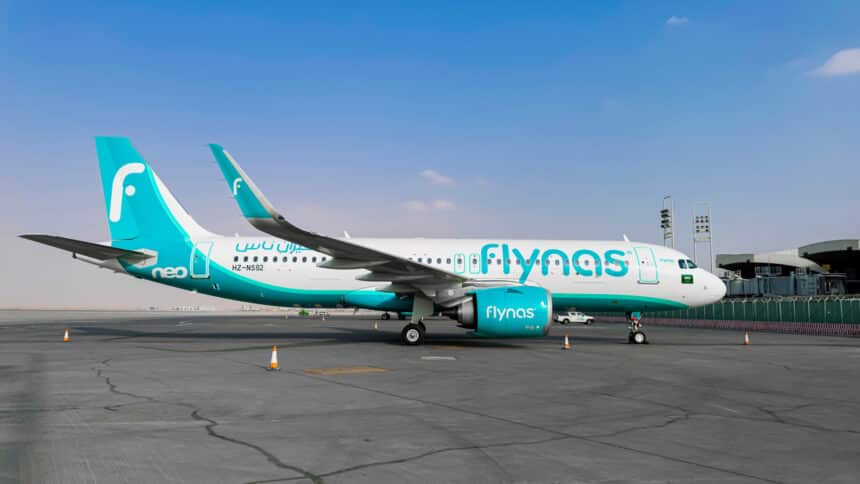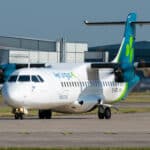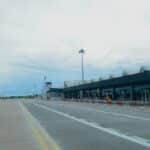Middle East low-cost carrier flynas has taken delivery of two new Airbus A320neo aircraft, ahead of a busy Ramadan season.
The carrier will increase capacity by 25% to more than 1.2 million seats for international & domestic flights during the month of Ramadan.
Further Growth: Arrival of A320neo
flynas has emerged in recent times as a prominent figure, bridging destinations across the Middle East and beyond.
With a strategic focus on growth and service enhancement, the airline recently marked a further step with the acquisition of two Airbus A320neo aircraft.
The announcement of flynas acquiring two new Airbus A320neo aircraft also echoes the airline’s commitment to modernization and efficiency.
The arrival of these aircraft at King Khalid International Airport in Riyadh is the latest in flynas’ aggressive strategy of fleet fortification.
With six A320neo aircraft slated for delivery in 2024, the airline continues a trajectory of expansion and innovation.
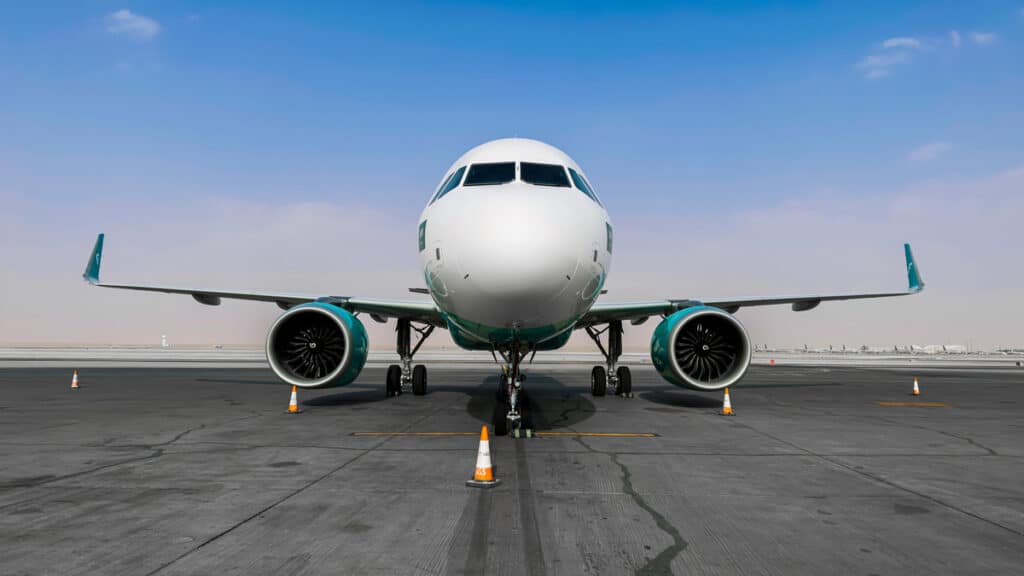
Catering to Ramadan Demand
As the holy month of Ramadan approaches, flynas prepares to meet the escalating demand for air travel.
With a proactive stance, the airline amplifies its seat capacity by 25%, surpassing 1.2 million seats compared to the previous year.
This surge in seat capacity not only caters to the needs of Umrah performers but also extends a warm welcome to visitors of the Kingdom of Saudi Arabia.
By offering enhanced accessibility and comfort, flynas endeavors to enrich the travel experience during this auspicious period.
Strategic Imperatives: Aligning with Vision
“We Connect the World to the Kingdom”
flynas’ strategic blueprint, titled “We Connect the World to the Kingdom,” underscores its pivotal role in global connectivity.
This initiative mirrors the airline’s commitment to fostering accessibility and inclusivity in air travel.
In consonance with the Pilgrims Experience Program (PEP) and the National Civil Aviation Strategy, flynas embarks on a journey to redefine air travel dynamics.
By aligning with national objectives, the airline aspires to propel Saudi Arabia onto the global aviation map.
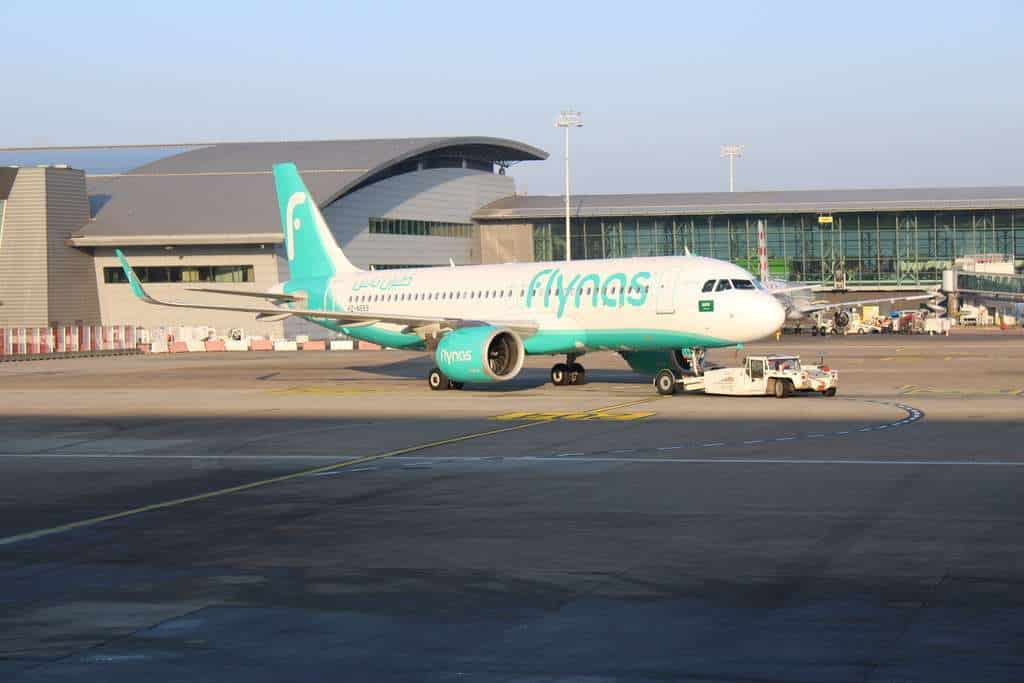
Trajectory of Expansion
With a robust network encompassing over 70 domestic and international destinations, flynas emerges as a trailblazer in the aviation landscape.
By offering more than 1500 weekly flights, the airline facilitates seamless connectivity for millions of travelers.
Towards Saudi Vision 2030
Aligned with the aspirations of the Saudi Vision 2030, flynas envisions a future characterized by extensive connectivity and unparalleled service standards.
By targeting 165 domestic and international destinations, the airline reaffirms its commitment to national progress.
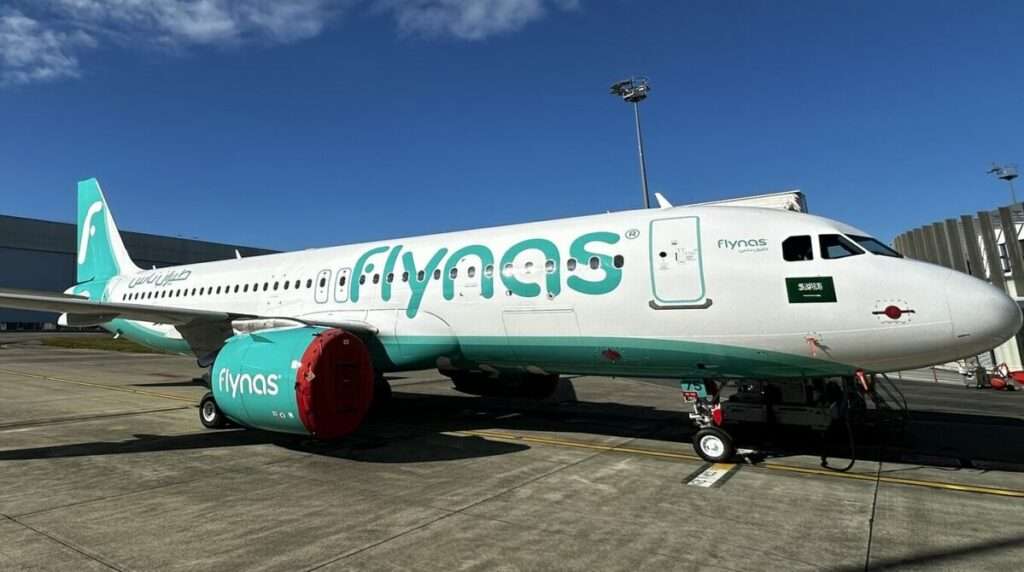
Founded in 2007 and commenced operations in 2008, flynas is based in Riyadh, Saudi Arabia. The carrier operates a fleet consisting mainly of Airbus A320 family jets.
It serves domestic destinations across Saudi Arabia as well as international routes to destinations mainly in the Middle East, Africa and Asia.
Key international destinations include Dubai, Istanbul, Baku, Khartoum, Kuala Lumpur and others.
flynas brands itself as Saudi Arabia’s leading low-cost airline, offering budget-friendly fares without sacrificing quality of service.
The airline is privately owned by a consortium led by Kingdom Holding Company and other Saudi investors.

Click the banner to subscribe to our weekly newsleter.

Click the photo to join our WhatsApp channel so then you can stay up to date with everything going on in the aviation industry!





